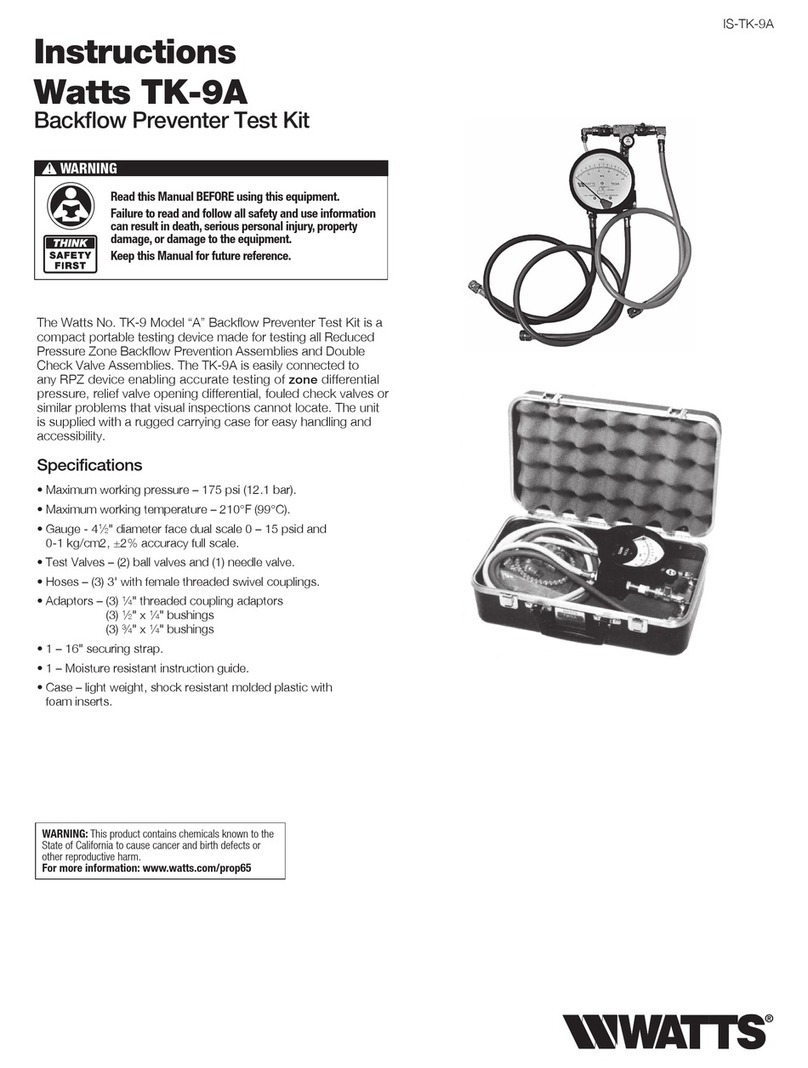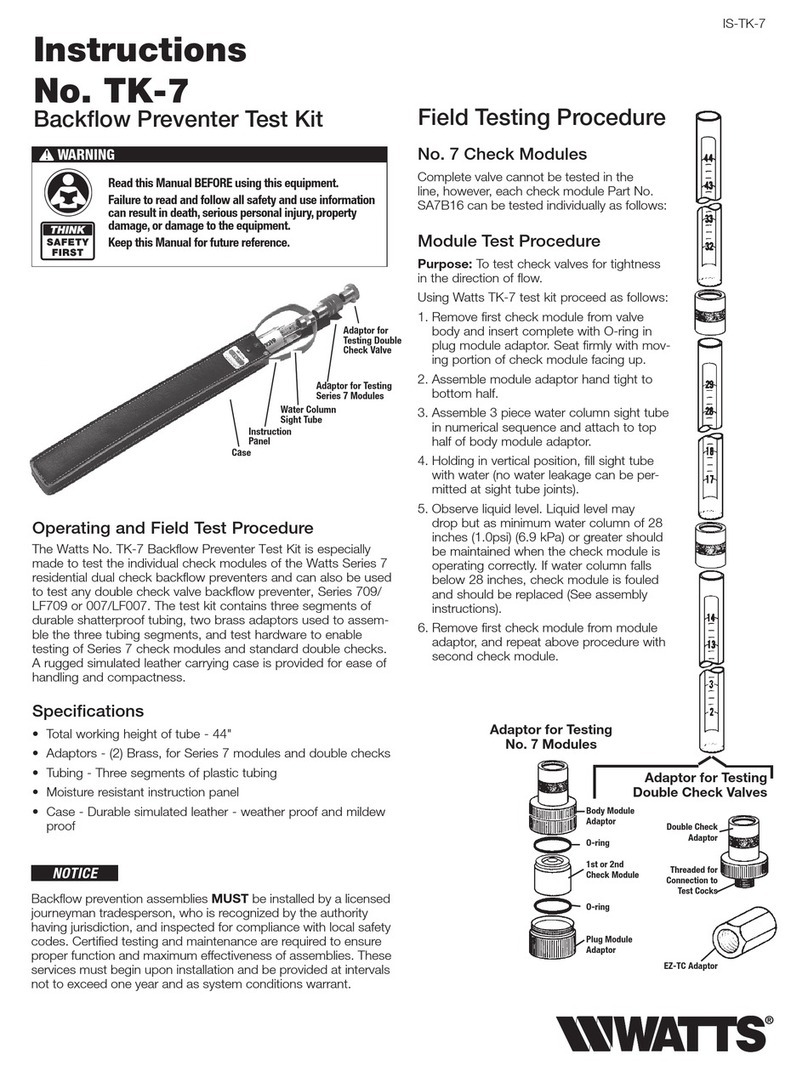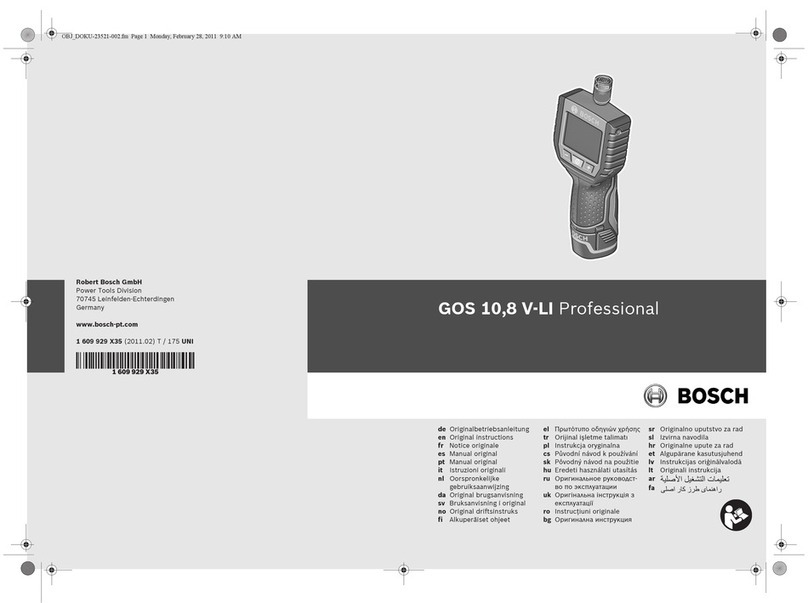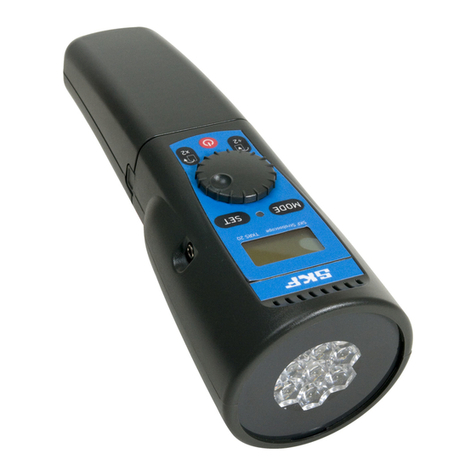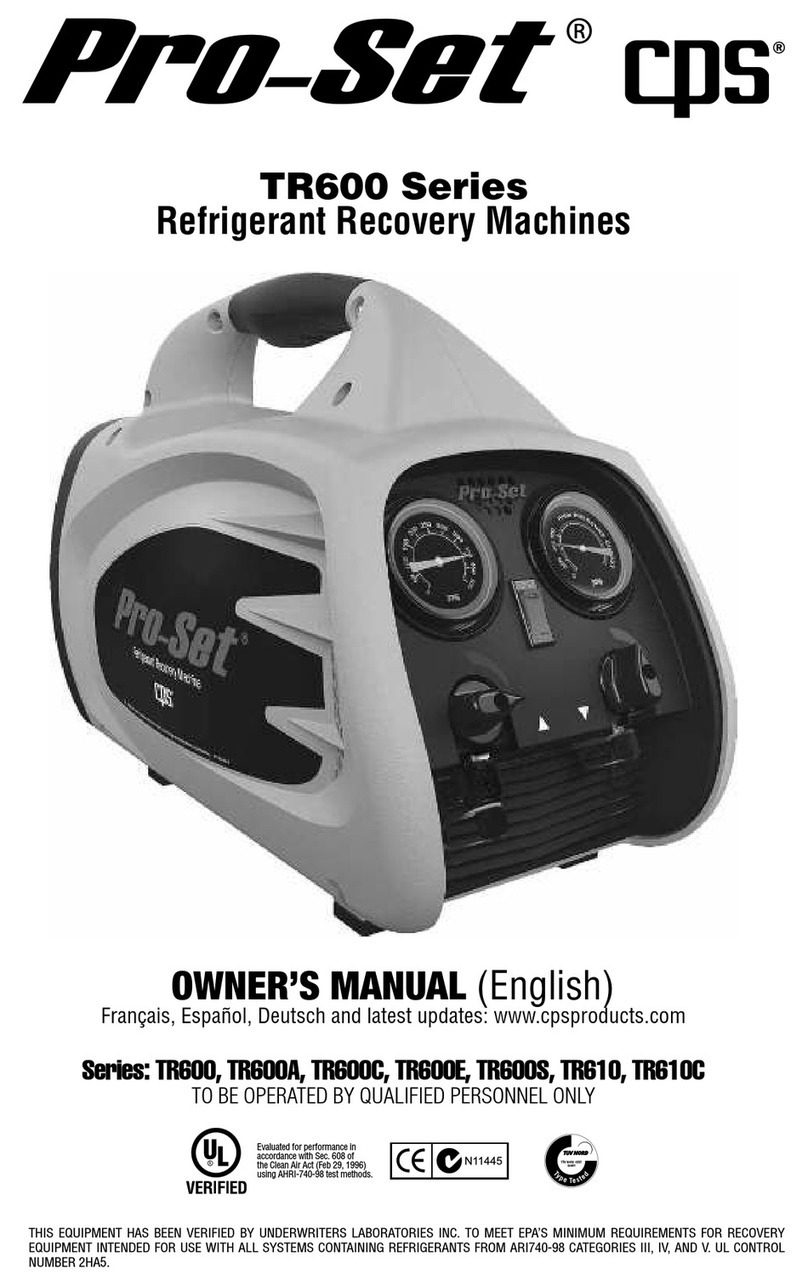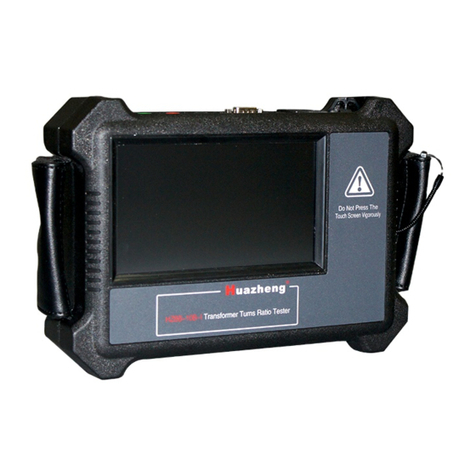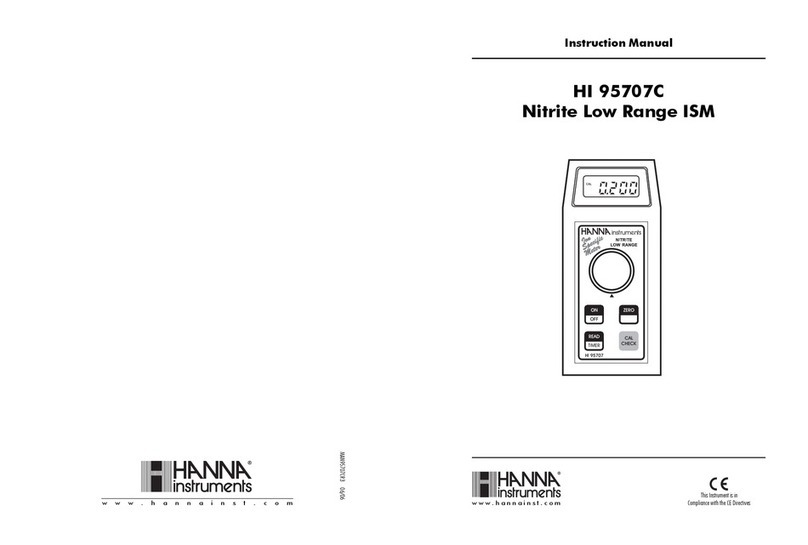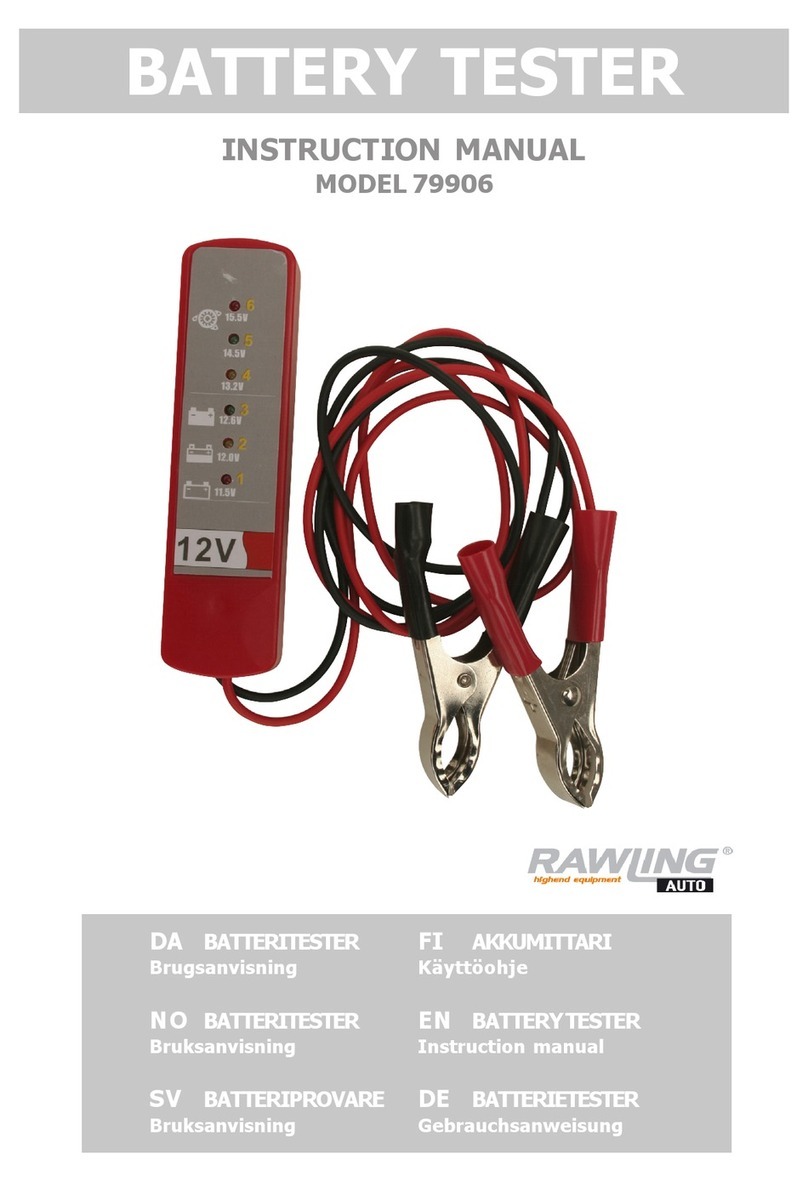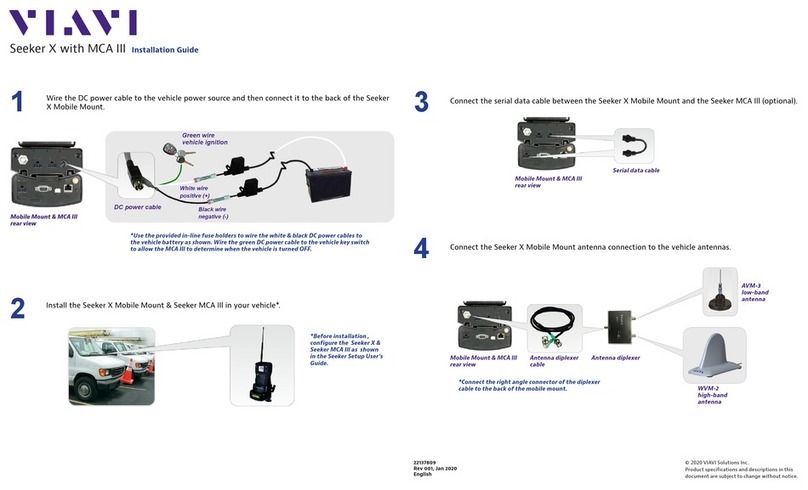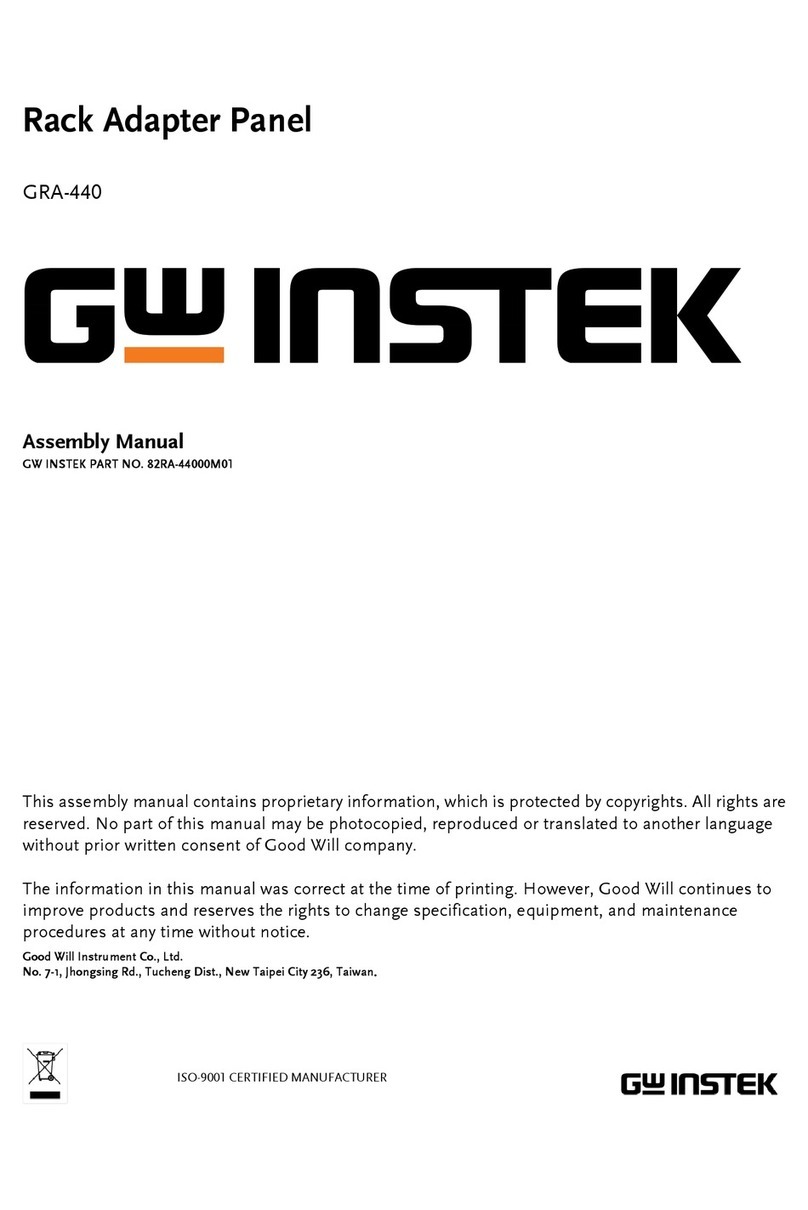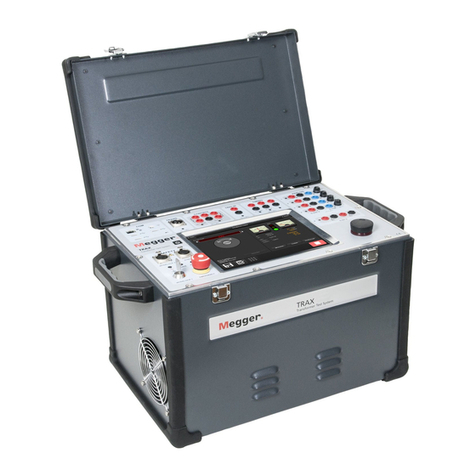Watts TK-DL User manual

IS-TK-DL
Installation
The Watts TK-DL Computerized Backflow Tester is an advanced piece of test equipment designed to make pressure and differ-
ential gauges obsolete in the testing of backflow assemblies. Two solid-state, high-resolution pressure transducers provide the inter-
face to the computer. With 32K of memory, battery back up, 48 character super-twist display, 16 function keyboard and high-efficien-
cy thermal printer, the TK-DL is equipped to provide real time data handling and the outputs required to test, validate and certify every
backflow assembly. (See operating manual for details). The TK-DL allows you to download your test results into a personal computer
for permanent storage. In addition, the TK-DL menu driven software program allows for customizing of printed header and footer.
GENERAL INFORMATION
Before connecting hoses to tester, be sure to flush test cocks on backflow assembly.
CAUTION: To avoid freeze damage to the test kit, it should be stored in a dry warm area when not in use.
Watts TK-DL
(in carrying case - sold separately)
Watts TK-DL
Limited Warranty: Watts Regulator Co. (the “Company”) warrants each product to be free from defects in material and workmanship under normal usage for a period of one year from the date of
original shipment. In the event of such defects within the warranty period, the Company will, at its option, replace or recondition the product without charge.
THE WARRANTY SET FORTH HEREIN IS GIVEN EXPRESSLY AND IS THE ONLY WARRANTY GIVEN BY THE COMPANY WITH RESPECT TO THE PRODUCT. THE COMPANY MAKES NO OTHER
WARRANTIES, EXPRESS OR IMPLIED. THE COMPANY HEREBY SPECIFICALLY DISCLAIMS ALL OTHER WARRANTIES, EXPRESS OR IMPLIED, INCLUDING BUT NOT LIMITED TO THE IMPLIED
WARRANTIES OF MERCHANTABILITY AND FITNESS FOR A PARTICULAR PURPOSE.
The remedy described in the first paragraph of this warranty shall constitute the sole and exclusive remedy for breach of warranty, and the Company shall not be responsible for any incidental, special
or consequential damages, including without limitation, lost profits or the cost of repairing or replacing other property which is damaged if this product does not work properly, other costs resulting
from labor charges, delays, vandalism, negligence, fouling caused by foreign material, damage from adverse water conditions, chemical, or any other circumstances over which the Company has no
control. This warranty shall be invalidated by any abuse, misuse, misapplication, improper installation or improper maintenance or alteration of the product.
Some States do not allow limitations on how long an implied warranty lasts, and some States do not allow the exclusion or limitation of incidental or consequential damages. Therefore the above
limitations may not apply to you. This Limited Warranty gives you specific legal rights, and you may have other rights that vary from State to State. You should consult applicable state laws to
determine your rights. SO FAR AS IS CONSISTENT WITH APPLICABLE STATE LAW, ANY IMPLIED WARRANTIES THAT MAY NOT BE DISCLAIMED, INCLUDING THE IMPLIED WARRANTIES OF
MERCHANTABILITY AND FITNESS FOR A PARTICULAR PURPOSE, ARE LIMITED IN DURATION TO ONE YEAR FROM THE DATE OF ORIGINAL SHIPMENT.
Watts TK-DL
Digital Print-out Test Kit for Backflow Preventer Assemblies
IS-TK-DL.indd 1 9/5/08 2:18:57 PM

2
The following Test Procedure is one of several that is recognized
throughout the United States for verification of the functioning of
Backflow preventers.
The following procedure is not a specific recommendation. The
Watts series of test kits are capable of performing any of the
recognized Backflow test procedures.
Note: For both of the following test, the TK-DL must be held at
the same level as the assembly being tested.
A. Flush TC #1 and #2.
B. Turn tester on (before connecting hose). Tester
must read all zeros. Close VA and VB.
Test No. 1 - Air Inlet
1. Install high side hose between TC #2 and tester connection
A.
2. Open VA then TC #2. Bleed hose, then close VA.
3. Close shutoff valve #2 then #1.
Push - Print Head (wait) then Push -
Start Test
4. Slowly open VA when air inlet float opens, push “hold” but-
ton for at least 2 seconds.
Record differential reading (must be 1 PSID or more). Close
VA.
Push - Stop Test
5. Close TC #2 and remove hose.
6. Open shutoff valve #1.
Test No. 2 - Test Check Valve
7. Install highside hose between TC #1 and tester connection
A.
8. Open VA then TC #1. Bleed hose, then close VA.
9. Close shutoff valve #1.
Push - Start Test
10. Open TC #2. When flow of water out of TC #2 stops, the
differential reading is the pressure drop. Record (must be 1
PSID or more).
Stop Test (Push Stop Test twice)
11. Close test cocks and remove tester. Return assembly to
normal operating condition.
Test Cock No. 1
Test Cock No. 2
800M4-QT
Test Procedure for Pressure Vacuum Breakers
IS-TK-DL.indd 2 9/5/08 2:18:58 PM

3
Test No. 1 - Differential Test
Make sure that the test kit is at the same elevation as the device
being tested.
1. Remove the two screws from hood and remove hood so that
vent is visible.
2. Turn test kit on, wait until self check is complete.
3. Connect hose from test cock to VA HIGH.
4. Open test cock, then VA, (VB LOW should be opened and
remain open through the test). Bleed hose and test kit of air,
when bleeding hose fill vent with water, shut off VA.
5. Close #2 shutoff, then close #1 shutoff.
6. Press PRINT HEADER button. Wait until header stops print-
ing. Press START TEST RESUME button.
7. Slowly unscrew bleed screw on SVB (about three turns).
8. When dripping from bleed screw stops, and gauge reading
settles, this is the check differential. This must be 1 PSI or
greater.
9. Press PAUSE STOP button.
Test No. 2 - Air Inlet (Vent Opening)
10. Press START TEST RESUME.
11. Slowly open VA and watch vent, with finger over DISPLAY
HOLD button. When the water level above the vent starts to
drop this is the vent opening press DISPLAY HOLD button.
This will record the vent opening point. This value must be 1
PSI or greater.
12. Visually inspect vent to ensure that vent goes to full open
position when the pressure is at zero.
13. Press PAUSE STOP TEST button twice.
14. Tighten bleed screw, close test cock and reinstall hood, open
shutoff #1, open shutoff #2, remove hose. Testing is com-
plete.
008QT
Bleed Screw
Test Cock
Test Procedure for Anti-spill, Anti-siphon Vacuum Breaker (SVB)
IS-TK-DL.indd 3 9/5/08 2:18:58 PM

4
The following Test Procedure is one of several that is recognized throughout the United States for verification of the functioning of
Backflow preventers.
The following procedure is not a specific recommendation. The Watts series of test kits are capable of performing any of the recog-
nized Backflow test procedures.
A. Flush all test cocks.
B. Turn tester on (before connecting hoses).
Tester must read all zeroes. Close VA and VB.
Test No. 1 - Test No. 1 Check Valve
1. Install high side hose between TC #2 and tester connection
A.
2. Install low side hose between TC #3 and tester connection B.
3. Open VA then TC #2, bleed hose, then close VA.
4. Open VB then TC #3, bleed hose, then close VB.
5. Install a bypass hose between VB and TC #1. Open TC #1
and bleed by loosening hose connection at VB. Tighten
hose connection, fully open VB.
Push - Print Head (wait) then Push - Start Test.
6. Close shutoff valve #2 then #1.
7. Slowly open VA and lower high side pressure about -2 PSID
below the low side pressure (differential reading about -2.0
PSID). Close VA. If reading is maintained, record as “tight”. If
reading returns to 0 and the pressure A increases to pressure
B, the check is recorded as leaking. If the reading returns to
+PSID, No. 2 shutoff valve is leaking excessively and must be
replaced to test the valve.
8. Close all test cocks, remove hoses from TC #2 and TC #3
and TC #1. reopen shutoff valve #1. Proceed to Test No. 2.
Push - Stop Test.
Test No. 2 - Test No. 2 Check Valve
1. Install high side hose between TC #3 and tester connection A.
2. Install low side hose between TC #4 and tester connection B.
3. Open VA then TC #3, bleed hose, then close VA.
4. Open VB then TC #4, bleed hose, then close VB.
5. Install a bypass hose between VB and TC #1.
Loosen hose at VB, open TC #1 and bleed, retighten hose
connection.
Push - Start Test.
6. Close shutoff valve #1.
7. Slowly open VA and lower high side pressure about -2 PSID
below the low side pressure (differential reading about -2.0
PSID). Close VA. If reading is maintained, record as “tight”. If
reading returns to 0 and the pressure A increases to
pressure B, the check is recorded as leaking. If the reading
returns to + PSID, No. 2 shutoff valve is leaking excessively
and must be replaced to test the valve.
Push - Stop Test.
VHL V
1234
1234
VHL V
Test Procedure for Anti-spill, Anti-siphon Vacuum Breaker (SVB)
IS-TK-DL.indd 4 9/5/08 2:18:58 PM

5
The following Test Procedure is one of several that is recognized throughout the United
States for verification of the functioning of Backflow preventers.
The following procedure is not a specific recommendation. The Watts series of test kits are
capable of performing any of the recognized Backflow test procedures.
A. Open TC #4 and flush test cocks Nos. 1, 2 and 3 on BF as-
sembly, then close TC #4.
B. Turn tester on (before connecting hoses). Tester must read all
zeros. Close VA and VB.
Test No. 1 - Relief Valve
1. Install high side hose between TC #2 and tester connection A.
2. Install low side hose between TC #3 and tester connection B.
3. Open VB then TC #3. Now open VA then TC #2 slowly.
Close VA then VB.
4. Close #2 shutoff valve.
5. Observe the apparent first check valve differential pressure
(A - B).
6. Install bypass hose between VA and VB.
Open VB and bleed air by loosening hose connection at VA.
Tighten hose connection and close VB.
Push - Print Head (wait) then Push - Start Test
7. Open VA, then slowly open VB (no more than 1⁄4 turn). When
relief valve drips, push the “hold button for 2 seconds. Record
reading (must be 2 PSID or more).
Push - Stop Test
8. Close VA and VB.
Test No. 2 - Test No. 2 Check Valve
9. Install bypass hose between VA and TC #4.
Open VA, then bleed air by loosening hose connection at TC
#4. Tighten hose connection. Close VA.
Push - Start Test
10. Open VB to reestablish pressure within the “zone”. Close VB.
11. Open VA the TC #4. If relief valve does not drip,
record second check valve as “closed tight”.
12. Close VA and TC #4 and remove bypass hose.
Test No. 3 - Test No. 1 Check Valve
13. Open VB to reestablish first check valve differential pressure.
Close VB. Record pressure differential.
Stop Test (Push Stop Test twice)
14. Close test cocks and remove tester, return assembly to nor-
mal operating condition.
VHLV
1
2
34
VHLV
1
23
4
1234
VHL V
Test Procedure for Reduced Pressure Zone Assemblies
IS-TK-DL.indd 5 9/5/08 2:18:58 PM

6
Nicholson Labs
1423 Queen City Ave.
Cincinnati, OH 45214
Tel: (513) 251-8378
Fax: (513) 251-4388
BAVCO
20435 S. Susana Road
Long Beach, CA 90810-1136
Tel: (310) 639-5231
Fax: (310) 639-0721
SYMPTOM CAUSE SOLUTION
1. Check valve fails to hold a. Debris on check disc Disassemble and clean
1.0 PSID minimum sealing surface
b. Leaking gate valve Disassemble and clean or repair
c. Damaged seat disc or Disassemble and replace
seat o-ring
d. Damaged guide holding Disassemble clean or replace
check open
e. Weak or broken spring Disassemble and replace spring
2. Chatter during flow a. Worn, damaged or Disassemble and repair or
conditions defective guide replace guide
3. Low flows passing a. Mainline check fouled Disassemble and clean
through mainline
valve (709DCDA only)
b. Meter strainer plugged Disassemble and clean
c. Damaged mainline seat Disassemble and replace
disc or seat
d. Broken mainline spring Disassemble and replace
Calibration Centers
Troubleshooting Guide
Double Check Valve Assemblies
IS-TK-DL.indd 6 9/5/08 2:18:58 PM

7
Should valve
PROBLEM CAUSE be replaced? SOLUTION
A. Valve spits periodically from the vent.
A.1 Fluctuating supply pressure. No A.1 Install a soft seated check valve immediately upstream
of the device. (Watts 3/4”- 2” No. 601 bronze valve.)
A.2 Fluctuating downstream pressure. No A.2 Install a soft seated check valve downstream of the
device close as possible to the shutoff valve.
(Watts 3/4”- 2” No. 601 bronze valve.)
B. Valve drips continually from the vent.
B.1 Fouled first check. No B.1 Flush valve. If flushing does not resolve problem,
disassemble valve and clean or replace the first check.
B.2 Damaged or fouled relief valve seat. No B.2 Clean or replace the relief valve seat.
B.3 Relief valve piston “O” ring not free to move due to No B.3 Clean, grease or replace the piston “O” ring.
pipe scale, dirt or build-up of mineral deposits.
B.4 Excessive backpressure, freezing, or water hammer No B.4 Eliminate source of excessive backpressure or water
has distorted the second check. hammer in the system downstream of the device. Use
Watts No. 601 to dampen out backpressure and No. 15
to eliminate water hammer. Replace defective second
check assembly. In case of freezing; thaw,
disassemble, and inspect internal components.
Replace as necessary.
B.5 Electrolysis of relief valve seat or first check seats. No B.5 Replace relief valve seat or inlet cover. Install dielectric
unions (Watts Series 3001 through 3006). Electrically
ground the piping system and/or electrically isolate the
device with plastic pipe immediately upstream and
downstream of the device.
B.6 Valve improperly reassembled. No B.6 If valve is diassembled during installation, caution must
be exercised to install check springs in
their proper location.
C. Valve exhibits high pressure drop.
C.1 Fouled strainer. No C.1 Clean strainer element or replace.
C.2 Valve too small for flows encountered. Yes C.2 Install proper size device based upon flow
requirements.
D. No water flows downstream of valve.
D. Valve installed backwards. No D. Install valve in accordance with flow direction arrow.
E. Valve does not test properly.
E.1 Follow manufacturer’s test procedure. No E.1, E.2 Clean or replace gate valve with full port ball
E.2 Leaky downstream gate valve. No valves or resilient wedge shutoff valves.
F. Valve quickly and repeatedly fouls following servicing.
F. Debris in pipe line is too fine to be trapped by strainer. No F. Install finer mesh strainer element in the strainer.
G. Winterization of backflow preventers. G. Electric heat-tape wrap closely together around valve
body. Build a small shelter around the valve with a
large light bulb installed and left on at all times.
If supply line is not used during the winter, removal
of the complete body is the best. This would create
an air gap to eliminate any possible backflow.
Troubleshooting Guide
Reduced Pressure Zone Assemblies
IS-TK-DL.indd 7 9/5/08 2:18:59 PM

Watts TK-DL Software Instructions
The Watts TKDLC102 Software Disc is menu driven and will prompt you throughout the process of down loading your Watts
TK-DL test results to a personal computer. The following information has been provided to assist you in utilizing your Watts
TK-DL test kit.
TK DLC 102: Enter
READ WRITE TO TESTER: Enter
Connect TK-DL to computer and turn on
(on screen instructions)
A. Load Data from Tester
Reads Tester information in memory.
B. Display settings
Model = Watts TK-DL
Eprom Version
Serial #
Time/Date
Last Calibrated
Next Cal Due
Next Test #
C. Change Settings
Time/Date - day only
D. Display Heading and Footer
Displays heading and footer in TK-DL
memory printed on tape.
E. Change Heading and Footer
Allows heading and footer to be changed
by using computer keyboard.
F. Write Data to Tester (Saves information to the
Test Kit once you have changed the header or
the footer or anything in the “Change Settings”
option).
G. Load Heading File
It recalls a heading that was previously
saved. You can then load into the TK-DL
when you are connected to the computer.
After loading you must write data to tester
(Step F).
➝
➝
H. Load Footing File
Same as load heading, except for footer.
G., H. Brings up headers and footers that were pro-
grammed and saved at an earlier time. You may
recall the footer or header to program into you test
kit. The recalled or “Loaded” information will
overwrite current information.
I. Save Heading
J. Save Footing
I, J, Use this option when you have changed the header
or the footer and want to save the changes. You
can save each header and footer in a separate le.
You can then recall or “Load” the header or footer to
be programmed into your test kit.
K. Down Load Tests
Down loads from TK-DL to disc.
L. Print Tests
On screen prompts:
F2 OK, F4 scroll up, F6 scroll on,
Esc to cancel.
Lists date and Time tests
were recorded.
to select test to print
Note: The disc included with your test kit allows you
to change your header or footer. Therefore, the disc
should not be carried in the test kit case.
IS-TK-DL 0829 EDP# 1910763 © Watts, 2008
USA: 815 Chestnut St., No. Andover, MA 01845-6098; www.watts.com
Canada: 5435 North Service Rd., Burlington, ONT. L7L 5H7; www.wattscanada.ca
Backflow Prevention Products
IS-TK-DL.indd 8 9/5/08 2:18:59 PM
Table of contents
Other Watts Test Equipment manuals
Popular Test Equipment manuals by other brands
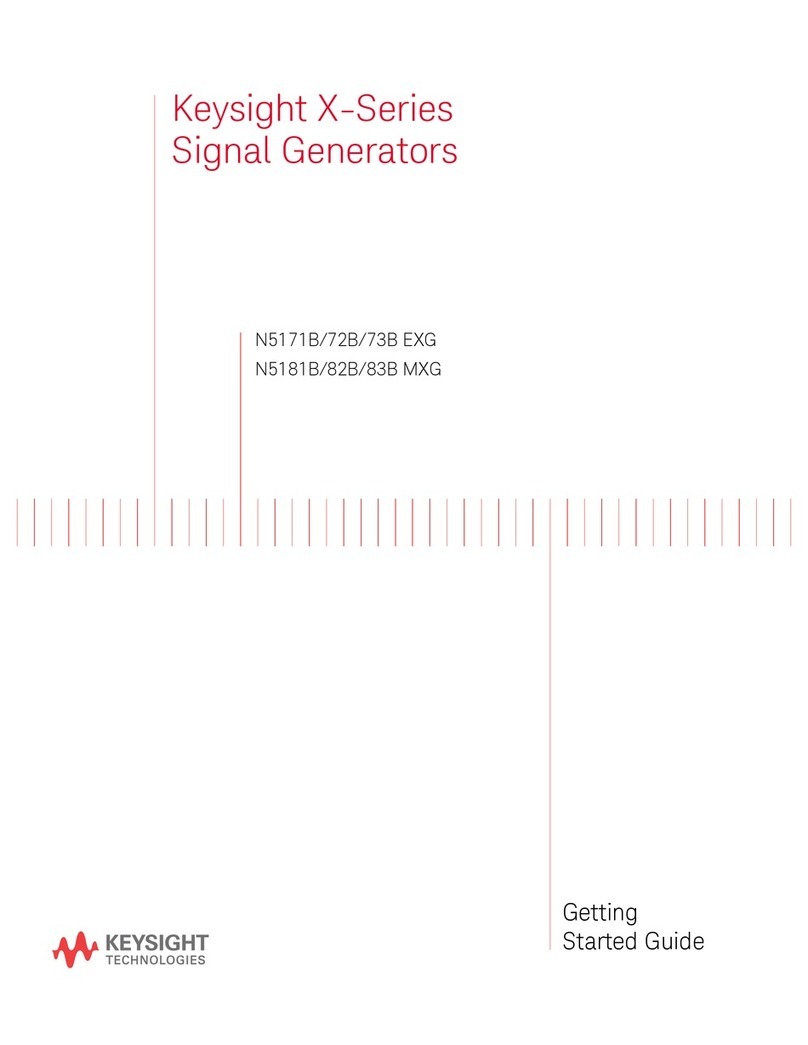
Keysight Technologies
Keysight Technologies X Series Getting started guide

Pilot Communications
Pilot Communications 70268 user manual
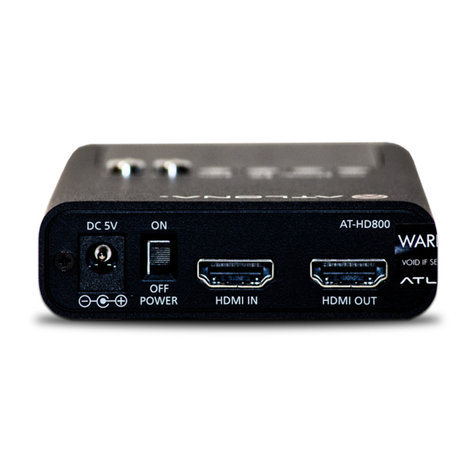
Atlona
Atlona AT-DIS7-PROHD Q&A
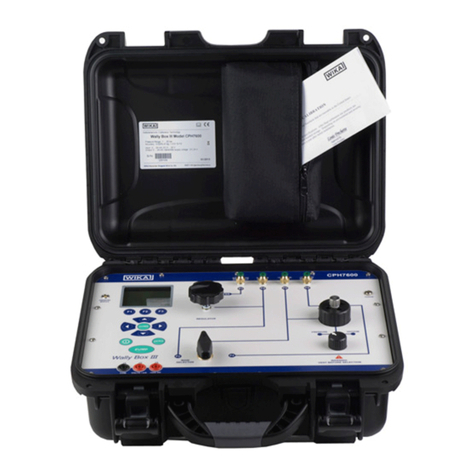
WIKA
WIKA Wally Box III CPH7600 operating instructions

Tektronix
Tektronix 2430A user manual
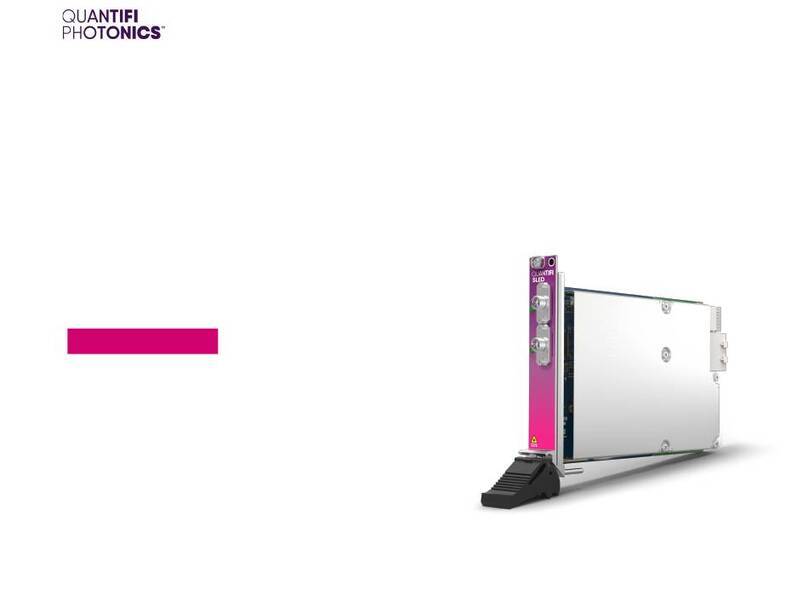
Quantifi Photonics
Quantifi Photonics SLED 1000 Series user manual
